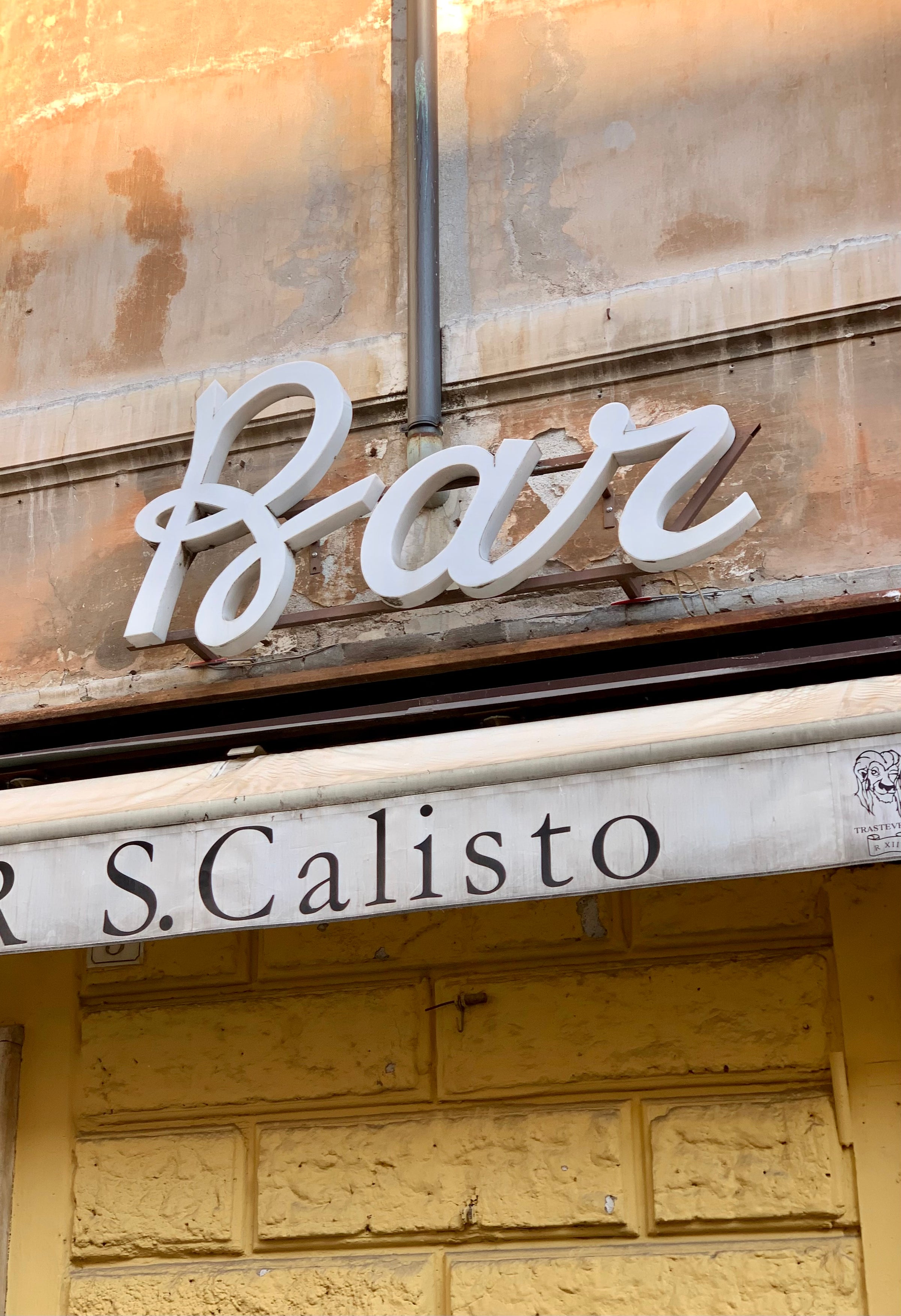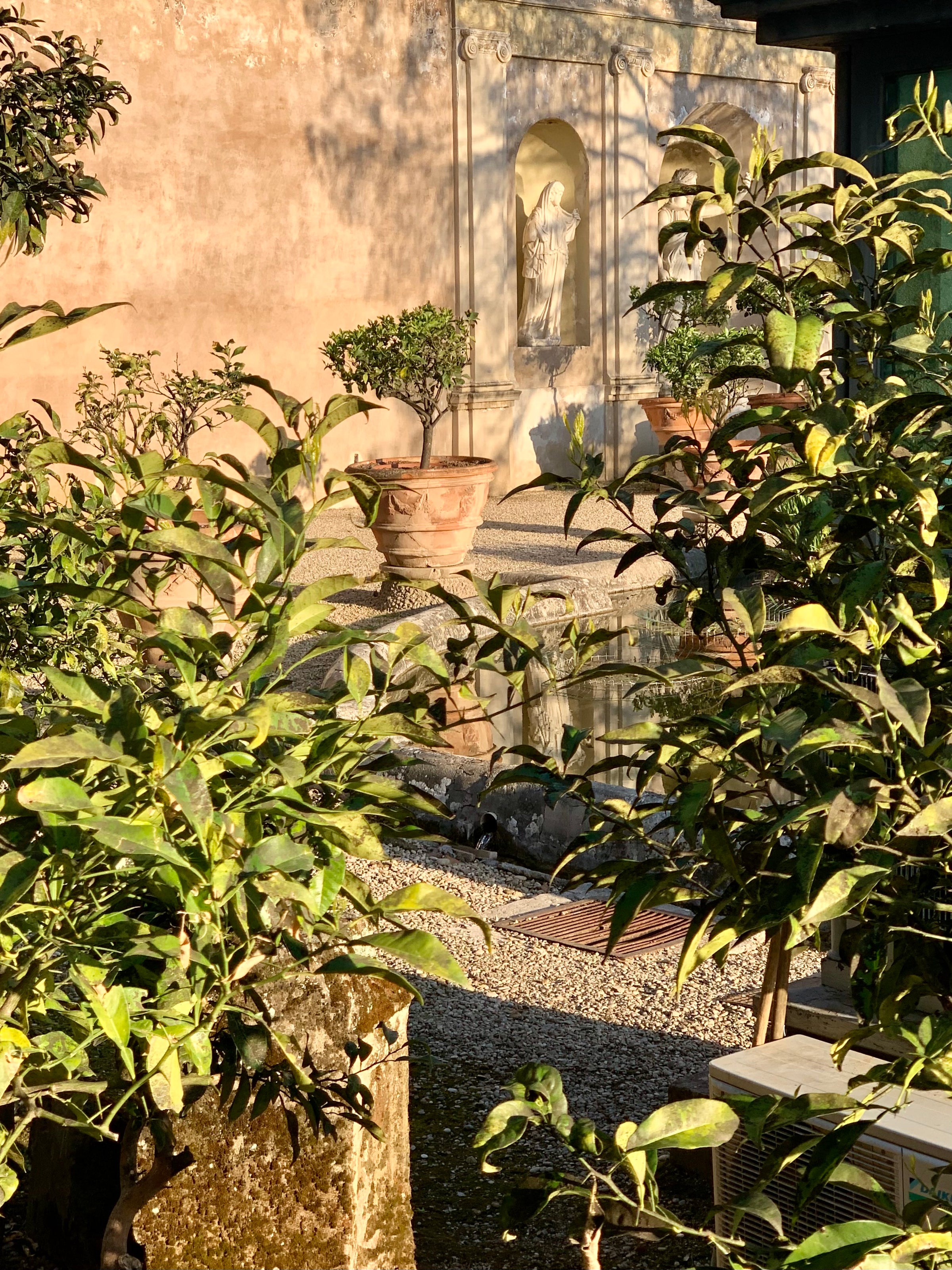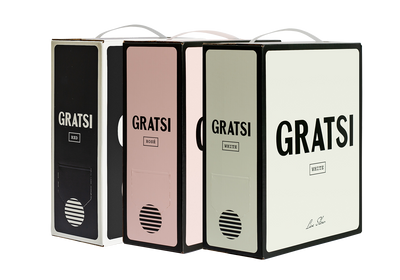Rome Neighborhood Guide

GARIELA'S INSIGHTS
Rome Neighborhood Guide
By Gabriela R. Proietti
June 21, 2024
There is nothing like taking a Roman holiday. The sights, tastes, and sounds of the Eternal City make it uniquely and truly one of the most iconic, historical, and rich cities in the world. If you are a first-time visitor or long-time repeater, there is no denying that the city’s historic center, a UNESCO World Heritage Site, is an ancient marvel. From the Trevi Fountain to the Pantheon and the Spanish Steps, no trip is complete without paying a visit to these masterpiece wonders.

But with beauty and world-class reputation comes lots of crowds packing the main areas of the city’s center. When the crowds are overpowering and you’re looking for a different site to see, discover some of Rome’s best neighborhoods to get a taste of authentic, Roman living.


Testaccio
The Testaccio neighborhood of Rome comes with its unique history and character. Situated on the banks of the Tiber River, Testaccio has a rich heritage dating back to ancient times. The name "Testaccio" comes from Monte Testaccio, a hill within the neighborhood that is made entirely of ancient Roman amphorae fragments. These large ceramic containers were used to transport goods such as olive oil and wine throughout the Roman Empire.
Testaccio has played a vital role in the development of the Eternal City’s culinary and cultural identity. Historically a working-class neighborhood, Testaccio was home to slaughterhouses, markets, and warehouses, and has long been associated with the city's food industry. Today, it remains a culinary destination known for its authentic Roman cuisine, including traditional dishes like pajata (veal intestines), coda alla vaccinara (oxtail stew), and trippa alla romana (Roman-style tripe), offering some of the best local trattorias in town.




Trastevere
Get lost in one of Rome’s most charming neighborhoods, known for its narrow cobblestone streets, medieval buildings, and lively atmosphere. Situated on the west bank of the Tiber River, Trastevere has a distinct character that sets it apart, famous for its vibrant nightlife, colorful streets, working-class charm, and gentrification with numerous bars, 4th-century churches, restaurants, and boutiques lining its streets.
Trastevere is also home to several beautiful churches, such as the Basilica of Santa Maria in Trastevere, which dates back to the 4th century and features stunning mosaics. It's a favorite among both locals and visitors looking to experience authentic Roman culture and cuisine. Start early in the morning getting lost in the rhymes of daily life and don’t miss out on Piazza San Calisto and Piazza Santa Maria di Trastevere.


Garbatella
One of my favorite neighborhoods to get lost in, Garbatella feels like a world away from Rome. Renowned for its distinctive urban planning, colorful architecture, and Roman pride, this neighborhood was developed in the early 20th century to provide affordable housing for working-class families in a socialist manner. Garbatella’s architecture is uniquely its own, characterized by low-rise palazzi (buildings), decorative balconies, communal green spaces, and community courtyards.
Today, Garbatella has remained home to workers, artisans, immigrants, and intellectuals alike, creating a diverse atmosphere reflected in the neighborhood's vibrant cultural scene, with theaters, cinemas, cafes, and community centers serving as hubs for artistic and social activities. Many young locals born and raised in Garbatella have opened up charming cafes, bars, and eateries worth checking out in Piazza Biffi and Via Giustino de Jacobis.


Esquilino
Bordering Rome’s main train station Roma Termini, Esquilino is located in the heart of the city that until recent years, was skipped over by visitors for its rundown, gritty atmosphere. Today, Esquilino has developed into a neighborhood known for its multicultural and diverse population, and the area is sprinkled with important landmarks such as Basilica di Santa Maria Maggiore, one of the four major basilicas in Rome, and Piazza Vittorio Emanuele II, one of the city’s largest squares. Esquilino is characterized by its bustling markets, vibrant street life, and a wide range of ethnic restaurants, shops, and cultural institutions. It is considered one of the most dynamic and cosmopolitan areas of Rome, reflecting the city's long history of immigration and cultural exchange.


Monteverde
Monteverde, which translates to green mountain, is a charming residential neighborhood located above Trastevere. Originally a rural area dotted with vineyards and country villas, today Monteverde is characterized by its tree-lined streets, elegant Liberty-style villas, and spacious parks and gardens, which contribute to its relaxed and tranquil atmosphere when looking for an escape from the overcrowded city center. One of the most prominent landmarks in the neighborhood is Villa Doria Pamphili, one of the largest public parks in Rome, which offers open walking trails, landscaped gardens, and panoramic views of the city.
After a walk through Villa Doria Pamphili, pass over to the neighborhood's hidden fountain called Fontana dell’Acqua Paola and finish the day wandering through Gianicolo Hill, one of Rome’s most famous seven hills offering panoramic views of the city.

Coppedè
Bordering Rome’s affluent northern neighborhoods Parioli and Trieste, Coppedè is an under-the-radar spot renowned for its eclectic and whimsical architecture. Located in the Trieste district, Coppedè is characterized by its Art Nouveau and Art Deco-style buildings, which feature elaborate facades adorned with intricate sculptures, mosaics, and decorative motifs. One of the most iconic landmarks in Coppedè is the Quartiere delle Ambasciate (Quarter of the Embassies), a cluster of embassy buildings surrounding Piazza Mincio. Each building is uniquely designed, with no two facades alike. Despite its architectural significance, Coppedè remains relatively off the beaten path for tourists, making it a hidden gem for those who venture off the typical tourist trail.


EUR
EUR, which stands for Esposizione Universale di Roma, is a district in Rome with a rather rocky past. Originally planned as the site for the 1942 World's Fair commissioned by Benito Mussolini, which was canceled due to World War II, after the war, the area was developed as a modern business district by the Italian government. Today, EUR is known for its rationalist architecture, wide boulevards, and large public spaces with notable landmarks including the Palazzo della Civiltà Italiana (also known as the Square Colosseum), the Museo della Civiltà Romana, and the Palazzo dei Congressi.





